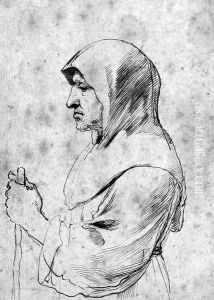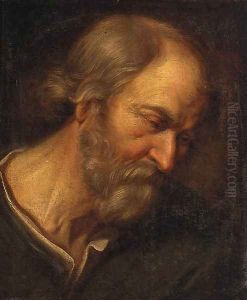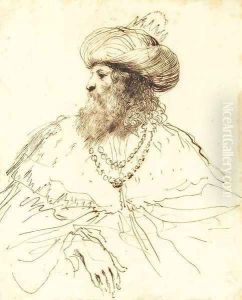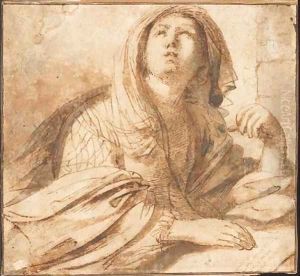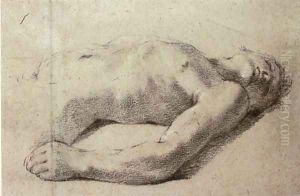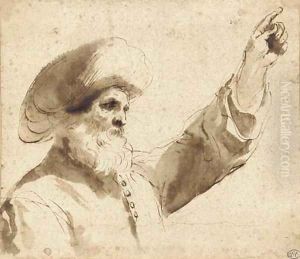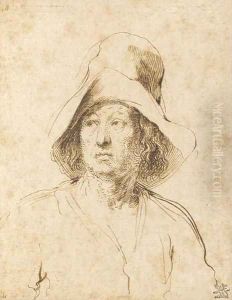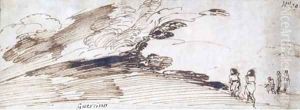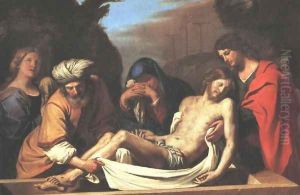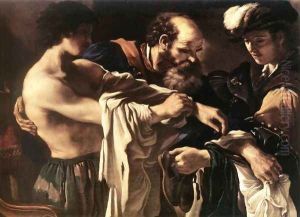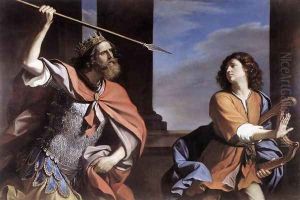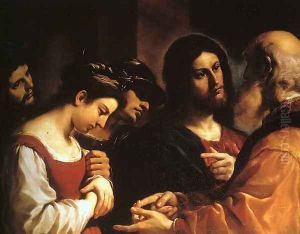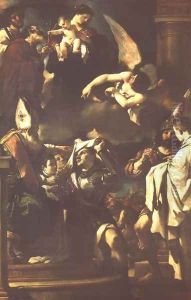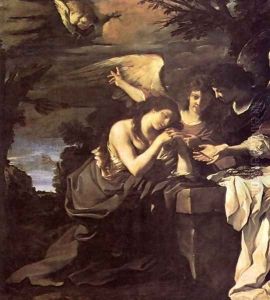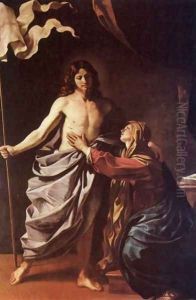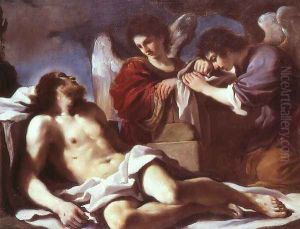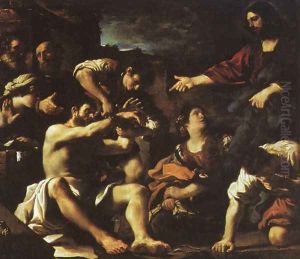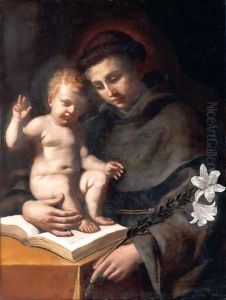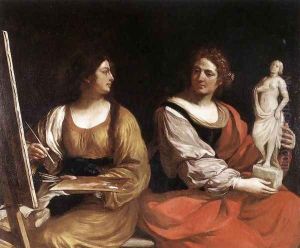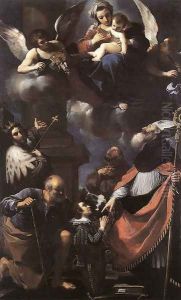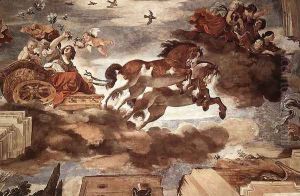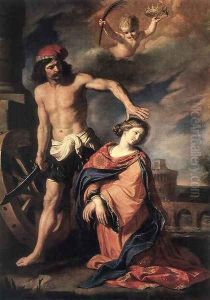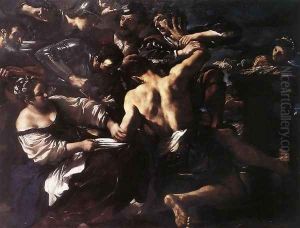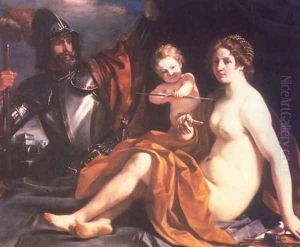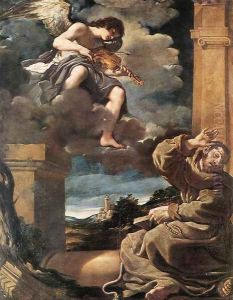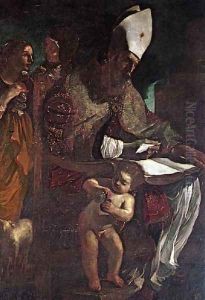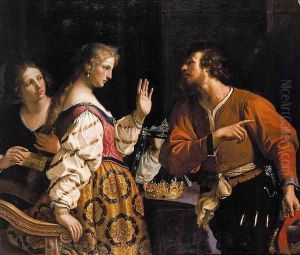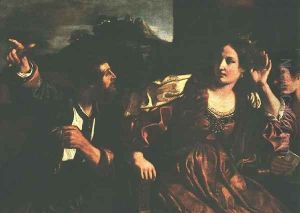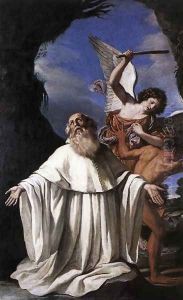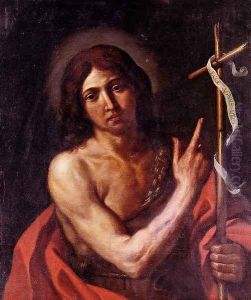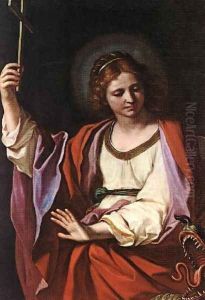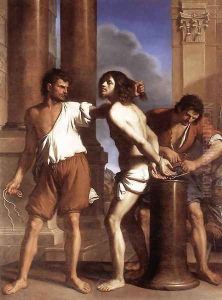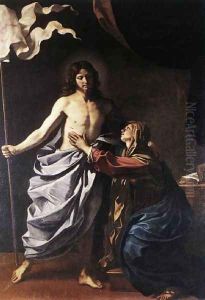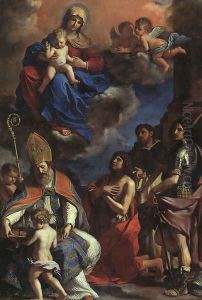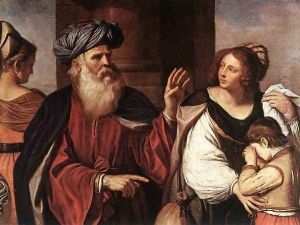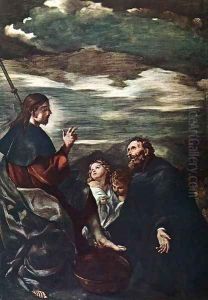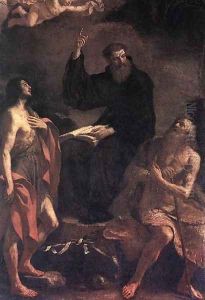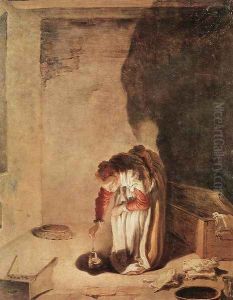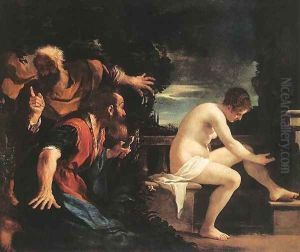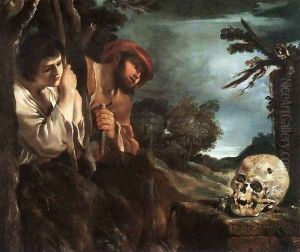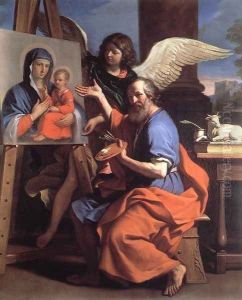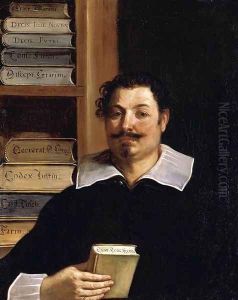Giovanni Francesco Barbieri Paintings
Giovanni Francesco Barbieri, better known as Guercino or Il Guercino, was an Italian Baroque painter and draftsman who was born on February 8, 1591, in Cento, a town in the Emilia region of Italy. He earned the nickname 'Guercino' ('the squinter') because he was cross-eyed. Despite this physical challenge, Guercino became one of the most prominent artists of the early 17th century, known for his dynamic compositions, vibrant use of color, and dramatic chiaroscuro.
Guercino was largely self-taught, developing his skills through diligent practice and study of the works of other artists. His early works exhibit the influence of the Bolognese School, particularly the Carracci family, who were central figures in the development of the Baroque style in painting. However, Guercino developed his own distinct style characterized by a more emotional and dramatic approach, setting him apart from the Carracci's classicism.
In 1615, Guercino opened a studio in Cento, and his reputation began to grow. His paintings from this period, such as 'St. William Receiving the Monastic Habit' and 'The Return of the Prodigal Son,' are noted for their dynamic composition and emotional intensity. In 1621, he received a commission from Cardinal Alessandro Ludovisi, who would later become Pope Gregory XV, to paint an altarpiece for the church of Santa Maria della Concezione in Rome. This commission marked the beginning of Guercino's successful career in Rome, where his work was highly sought after.
One of Guercino's most famous works from his Roman period is the fresco 'Aurora' (1621–23) in the Casino Ludovisi, which displays his mastery of large-scale compositions and his ability to infuse mythological subjects with a sense of vitality and movement. Despite his success, Guercino returned to Cento after the death of Pope Gregory XV in 1623. From this point on, he worked for various patrons across Italy, including church commissions and works for private collectors.
Guercino's later works, such as 'The Incredulity of Saint Thomas' (1621) and 'The Penitent Magdalene' (1642), continued to reflect his interest in capturing human emotion and drama. Over time, his style became more subdued and classical, influenced by his contemporary Guido Reni and demonstrating a shift away from the intense drama of his earlier works.
In addition to his large-scale paintings, Guercino was also a prolific draftsman, and his drawings are highly regarded for their spontaneity and expressive quality. He continued to work and receive commissions until his death on December 22, 1666, in Bologna. Guercino's legacy is that of a master painter whose work bridged the transition from the High Renaissance to the Baroque, leaving a lasting impact on the course of Italian art.
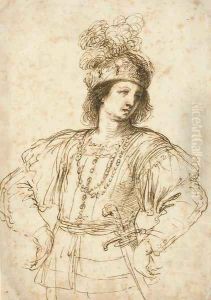
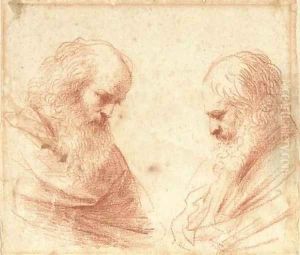
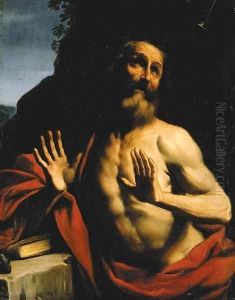
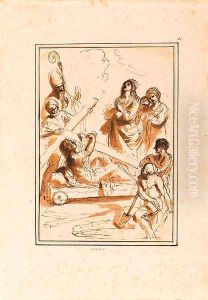
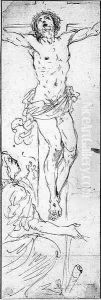
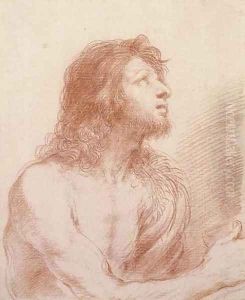
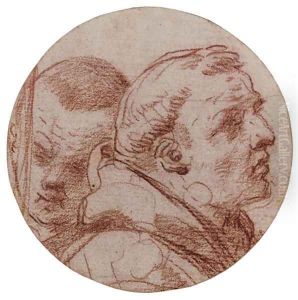
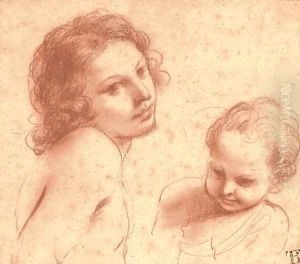
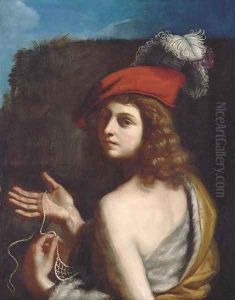
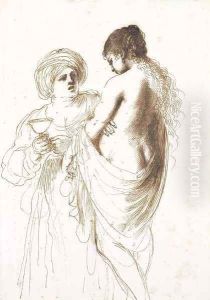
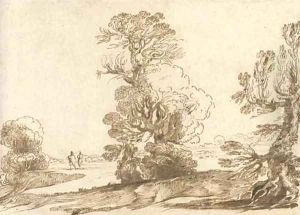
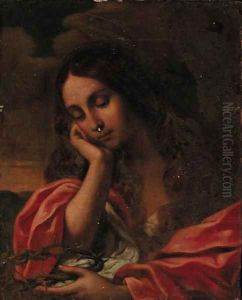
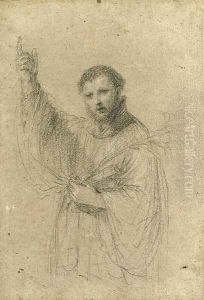
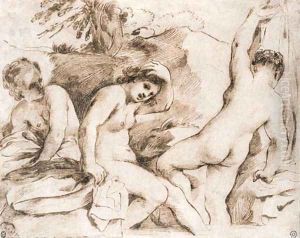
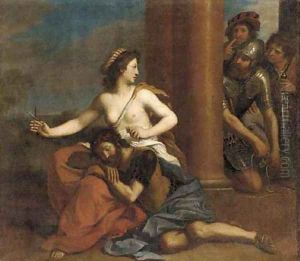
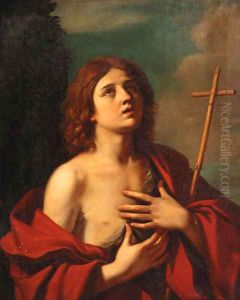
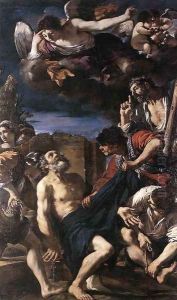
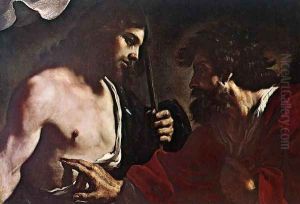
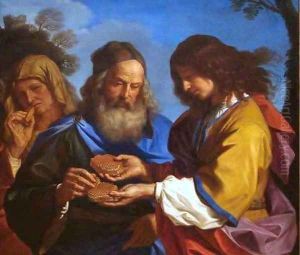
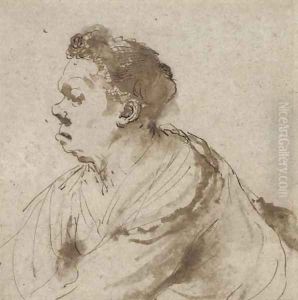
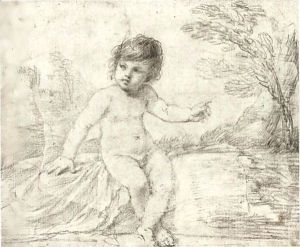
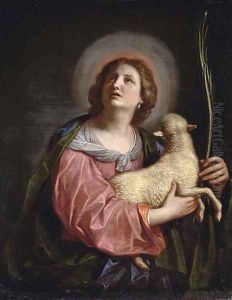
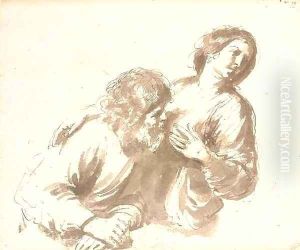
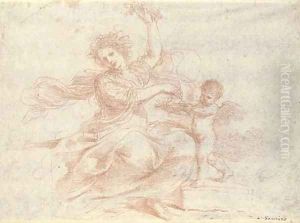
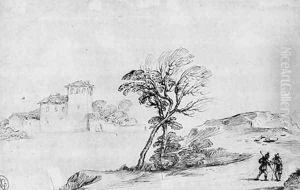
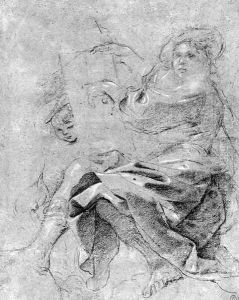
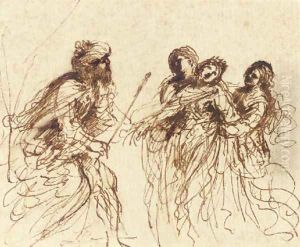
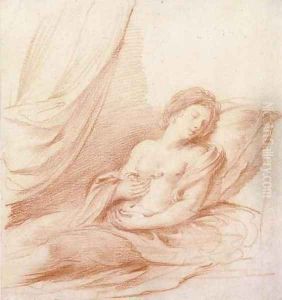
![St Sebastian [detail #1]](https://www.niceartgallery.com/imgs/172525/s/giovanni-francesco-barbieri-st-sebastian-detail-1-182ea75d.jpg)
